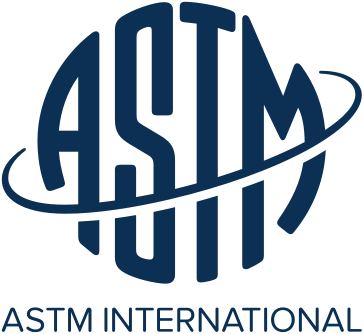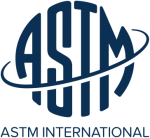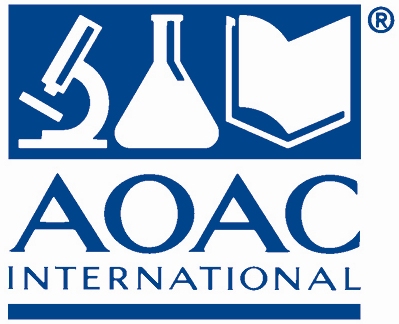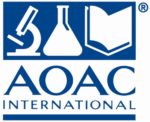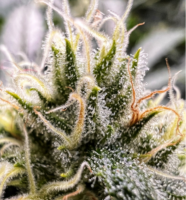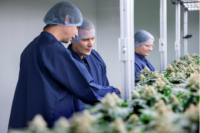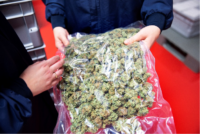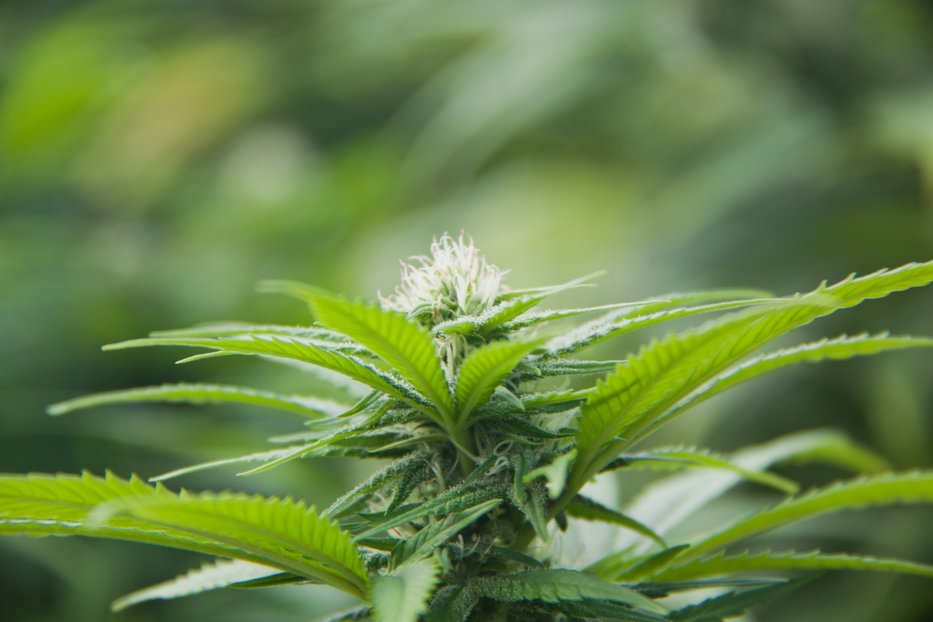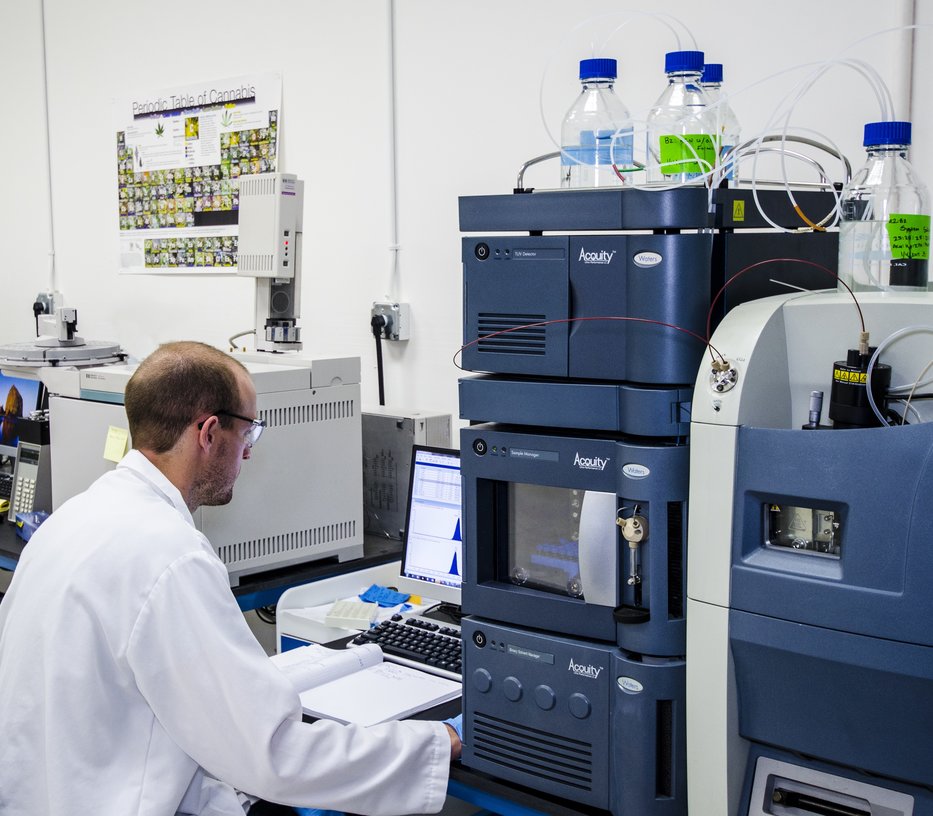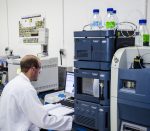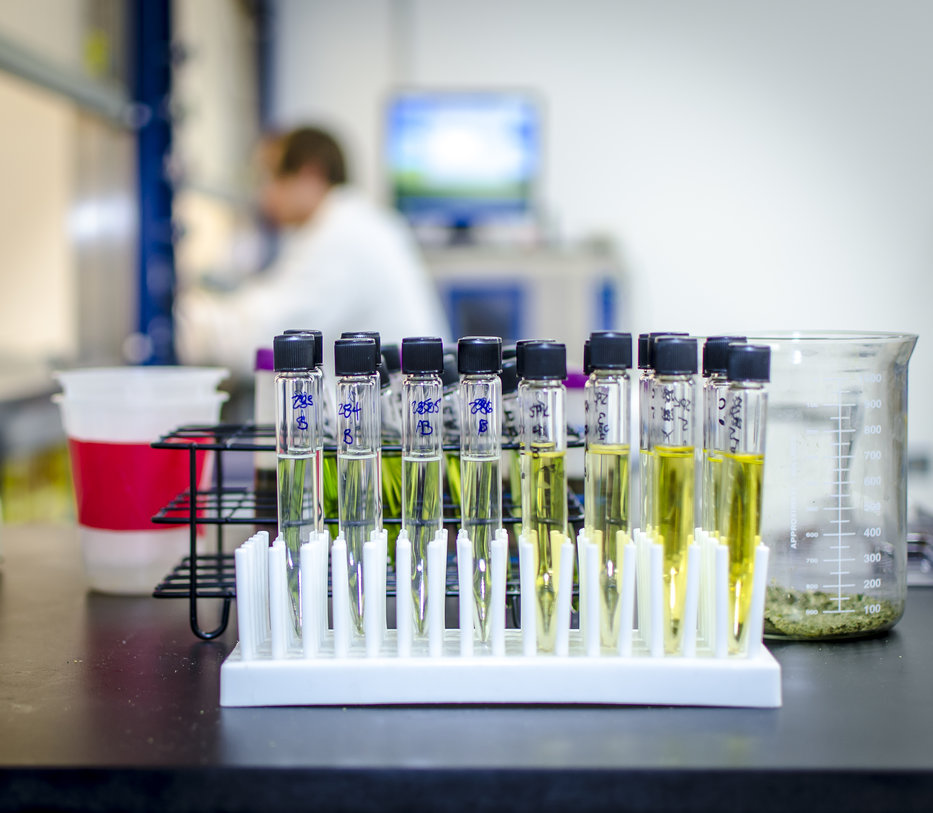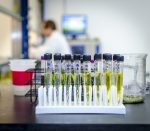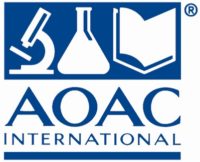Founder and CEO Chase Eastman officially launched Rootwurks in January 2022. But the journey began years earlier, and passed through industries including food safety training and digital media and television. Rootwurks at its core is a training platform. The cannabis industry deals with an incredibly complex system of regulatory environments that vary widely from state to state.
Rootwurks is participating in the upcoming Seed to Sale Safety Workshop at the CQC on October 16. Click here to learn more.Making sense of different and evolving rules across this patchwork of regulations is a very daunting practice that every cannabis company must undertake. Enter Rootwurks, which helps companies meet compliance demands while maintaining their quality standards across state lines and jurisdictions.
We sat down with Chase to chat about his background, what he thinks of regulatory compliance in the industry, and how the future of training might mold the cannabis marketplace.
Cannabis Industry Journal: Can you tell us about your background? How did you get involved in the cannabis industry?
Chase Eastman: Both of my parents were career entrepreneurs. At some level, I was always destined to give this a shot. As a teenager, I started working at Alchemy Studios, my father’s company, before it became the training company it is today – back then we were a small marketing studio that sold creative services & learning development to Fortune 500 companies.

About a decade later, I started working for a home shopping network and was instantly hooked on the fun, fast-paced environment of the marketplace. I eventually became head of the digital media department of the company, right about the time Groupon started making waves in 2012-2013.
At the home shopping network, content was key for sales. At the same time, learning platforms like Linda.com (LinkedIn Learning) & YouTube were exploding in popularity and my dad and I started having a lot of conversations about the role these new technologies would have on the adult learning landscape. I decided to go back to work with my father at Alchemy Systems, focusing on end-user learning content.
Our specialty was the food manufacturing space, and we were constantly experimenting with different strategies for blended learning, mixed media formats, and adult learning. This focus on using technology to connect people to expertise is at the very core of what Rootwurks provides.
This was my 20-year journey to education and training, but my path to cannabis began at home, with my family as my mom battled cancer. Years earlier our neighbors and dear family friends encouraged my mom to try cannabis to treat the side effects of chemotherapy.
With cannabis, my mom could cope better with the pain and nausea, helping her eat and build up her strength. I witnessed all of this first-hand and cannabis quickly found a special place in my heart as a life-changing medicine.
My mother, father and I started to look for ways to use our expertise in training and compliance systems to help the cannabis industry ensure the safety and effectiveness of cannabis products. We quickly realized that the best way to help the industry is by making it easier for companies to deal with compliance demands and the frustrating lack of universal standards and consistency in cannabis.
Food regulations are by no means simple. But cannabis is far more complex, especially for smaller companies that just want to grow weed and help people find the products that will work best for them.
CIJ: Alright so what is Rootwurks? Tell us about your company.

Chase: Rootwurks is first and foremost a training platform where education and compliance meet.
We believe that compliance adherence happens when people are doing what they should be doing when and where they need to do it. We also know that employees must have access to the information they need in real time, in a simple and easy-to-understand manner.
The Rootwurks Learning Experience Platform is also a communication tool and learning aid devoted to our goal of connecting people with expertise. For specific use cases like sales training for budtenders, the authoring tool and templates make it very easy to disseminate communication or training on a wide scale.
I like to talk about the Ebbinghaus Forgetting Curve – a theory that essentially says adults are forgetful AF and lose a lot of information very quickly if it isn’t reinforced. The Rootwurks platform contains built-in operational reinforcement tools that flow into auditing, verification & validation modules. All this information feeds into a corrective action engine helping companies develop and deploy preventive actions.

The ecosystem is based on the premise of training and reinforcement. Checklist modules can be adjusted to create training that reinforces the quick, easily-digested micro learning models. Embedded videos in the modules can include checklists for employees to follow, or they can simply watch videos to reinforce learning at the end of a training module, for example.
Employees can use the dashboard to instantly see all of their learning activity for the day. Companies can simultaneously use the platform for onboarding new hires while also providing ongoing education and training for longtime employees.
Flexibility is at the core of the system. Cannabis regulations include a massive amount of unnecessary complexity and all of it varies from state to state. A large operator going into a multi-state phase will have different SOPs for each state, and must still maintain quality standards across every company location. This is why we built all of our programs as templates that customers can adjust to meet compliance guidelines in each and every state they operate.
But this isn’t an “off-the-rack” platform. Companies can customize the system with their branding and training materials as they see fit. This solves the “blank screen paralysis” that companies face with training programs.
Our goal is to remove these hurdles and help companies schedule, assign, and validate training.
CIJ: In the food industry, the culture of safety and quality is such a standard practice. In your eyes, how does the cannabis industry compare and in what areas do you see a need for improvement? In other words, what are the biggest problems facing cannabis from a safety and quality perspective?
Chase: In the food industry, there is an expectation that safety and quality is ingrained in daily operations. The food industry also knows full well the importance of having a proactive accountability culture in the workplace backed up by internal auditing. The FDA has partnered with the food industry to promote these principles for more than a decade – so we shouldn’t expect this to happen overnight in the cannabis industry.

But the food industry had a decades-long headstart on the cannabis industry, during which they’ve pushed back on non-practical regulations and built partnerships with state regulatory bodies.
In a lot of ways, time is the biggest thing that the cannabis industry needs. It needs time for industry to work in partnership with regulators to honor the intent of the rules, while still maintaining practicality. Succeeding as a cannabis business is tough even without factoring in these regulations, which throw all types of inefficiencies into the manufacturing and sales process.
It’s no wonder we’re dealing with so much confusion, with so many states having such different sets of regulations. We’re seeing all types of companies really struggle, because the current state of affairs is not as sustainable as they thought.
We need to find ways to honor the fun, subversive, and life-enhancing aspects of cannabis culture while also building partnerships between the industry and regulators. It’s going to take time, but I’m confident we can get there.
CIJ: How do you envision the future of education and compliance within the cannabis industry and where do you see this market going in the next ten years?
Chase: The easy answer to that is the sky’s the limit. We timed the launch of Rootwurks right with a global recession at a time when the cannabis industry is facing unprecedented headwinds. We still need SAFE Banking to cross the finish line and full access to the financial system. There’s too much momentum behind cannabis and I think we’ve reached a tipping point.
Moving forward, I think the brands that succeed will be the ones that implement training and education programs and treat them as vital to their daily operations.
The next 24-36 months won’t be easy. But we are learning so much as we go and we are not done figuring out all the different ways the plant can be utilized. The industry is only going in one direction and I’m thrilled that at Rootwurks, we can help more and more companies achieve their dreams in cannabis.



